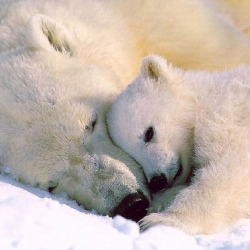
Ocean waters melting the undersides of Antarctic ice shelves, not icebergs calving into the sea, are responsible for most of the continent’s ice loss, a new study has found.
The first comprehensive survey of all Antarctic ice shelves discovered that basal melt, or ice dissolving from underneath, accounted for 55 per cent of shelf loss from 2003 to 2008 – a rate much higher than previously thought.
Ice shelves, floating extensions of glaciers, fringe 75 per cent of the vast, frozen continent.
Researchers, including those from University of California – Irvine, found that the tug of seawaters just above the freezing point matters more than the breaking off of bergs.
"We find that iceberg calving is not the dominant process of ice removal. In fact, ice shelves mostly melt from the bottom before they even form icebergs," said lead author Eric Rignot, a UC Irvine professor who’s also a researcher with NASA’s Jet Propulsion Laboratory in Pasadena.
"This has profound implications for our understanding of interactions between Antarctica and climate change. It basically puts the Southern Ocean up front as the most significant control on the evolution of the polar ice sheet," said Rignot.
Ice shelves grow through a combination of land ice flowing to the sea and snow falling on their surfaces.
The researchers combined a regional snow accumulation model and a new map of Antarctica’s bedrock with ice shelf thickness, elevation and velocity data captured by Operation IceBridge – an ongoing NASA aerial survey of Greenland and the South Pole.
Ocean melting is distributed unevenly around the continent. The three giant ice shelves of Ross, Filchner and Ronne, which make up two-thirds of Antarctica’s ice shelves, accounted for only 15 per cent of the melting.
Meanwhile, less than a dozen small ice shelves floating on relatively warm waters produced half the total meltwater during the same period.
